FACTS
The California coast region is 1,264 miles starting at the Oregon border and stretching to Mexico in the south.
The California coast is known for its rocky shores and chilly waters. The bay of San Diego and San Francisco are California's only natural bays.
More than half of California's population reside in the coastal area.
The San Andreas Fault is an important feature of the coast ranges. It is the longest fault in California. A fault is a break in the Earth's rocky outer shell. Below the shells are giant plates made of rock. Movement along the fault lines make the plates grind against each other. This causes the plates to break loose. A lot of movement in these plates cause earthquakes.
CITIES

http://boredfeet.com/bluewater/blueh20.jpg
CLIMATE
You will find that the California coast has weather that is very mild throughout the year. The summers tend to be dry and there is moderate rainfall the rest of the year. It is very unlikely that you will see snow on the coast.
Because of the unique qualities of the coast, the wet climate helps the forests to grow.
Mendocino, Sonoma, and Napa counties are known as Wine Country because the climate is perfect for growing grapes to make wine.
The northern coast is known for its fog when it rolls in from the Pacific Ocean. This helps to make the climate cool and wet.
The southern portion of the coastal region has a warmer temperature and is sunny nearly all year long.
ANIMALS
The California coastline offer shelter to a many wildlife. Much of California's coastal region is protected by the U.S. and California state governments to ensure the survival of these animals. To see the vast array, you can travel California's coast and visit parkways and hiking trails that offer a chance to see these animals up close.
Read more : http://www.ehow.com/info_8082446_animals-plants-california-coast.html
Read more : http://www.ehow.com/info_8082446_animals-plants-california-coast.html
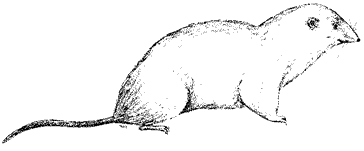
Fog Shrew
http://www.sibr.com/mammals/M005.html
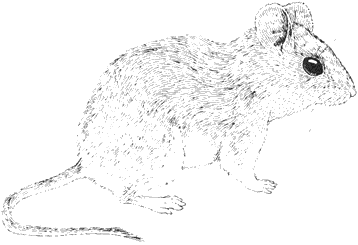
Deer Mouse
http://sibr.com/mammals/M117.html
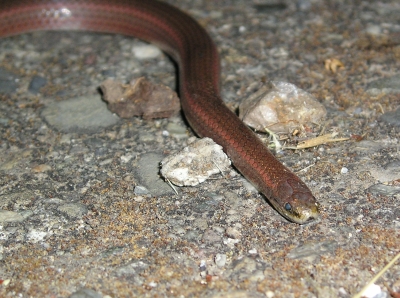
Sharp-tailed Snake - Contia tenuis
(Pleasanton)
(Pleasanton)
http://www.sfbaywildlife.info/species/reptiles.htm
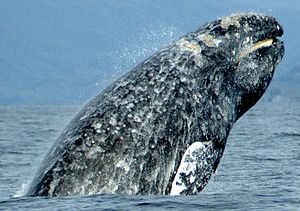
| Gray Whale - Eschrichtius robustus Photo credit: Merrill Gosho, NOAA |
http://www.sfbaywildlife.info/species/marine_mammals.htm
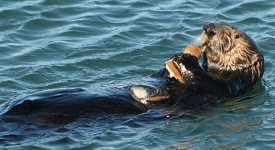
Sea Otter - Enhydra lutris (Moss Landing)
http://www.sfbaywildlife.info/species/marine_mammals.htm
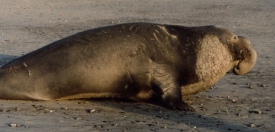
Elephant Seal - Mirounga angustirostris (Ano Nuevo State Park)
http://www.sfbaywildlife.info/species/marine_mammals.htm
PLANTS
California's redwood trees grow easily in the coastal region. The coast region is very rich in soil and mineral deposits making it an important for growing crops.
Seaside Daisy
http://www.pnwplants.wsu.edu/Handler.ashx?Size=M&ImageID=1575

Sea Thrift
http://conservationgardenpark.org/file/8f00cf04-3822-4bca-8e7b-b8e1522103a5/Sea-Thrift-Armeria-maritima.gif
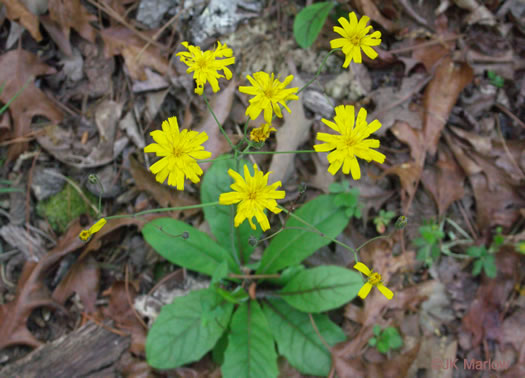
Rattlesnake Weed
http://www.namethatplant.net/Images/ImagesFire/jkm10/jkm100427_120.jpg

Redwood Trees
http://ww2.kqed.org/science/wp-content/uploads/sites/35/2013/08/redwood.jpg
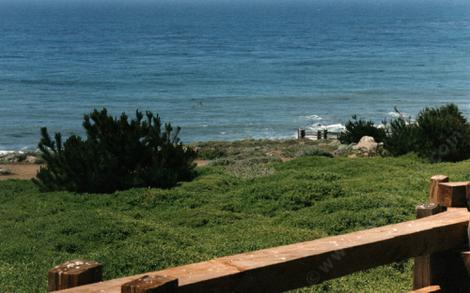
Coyote Brush
http://www.laspilitas.com/nature-of-california/plants/114--baccharis-pilularis-pilularis-pigeon-point
Resource: California Geography (C) 2009 splashpublications.com
Resource: California Geography (C) 2009 splashpublications.com
No comments:
Post a Comment
Note: Only a member of this blog may post a comment.